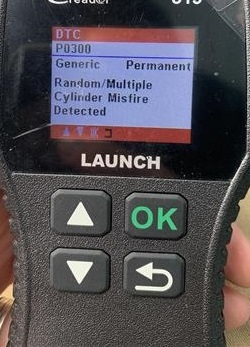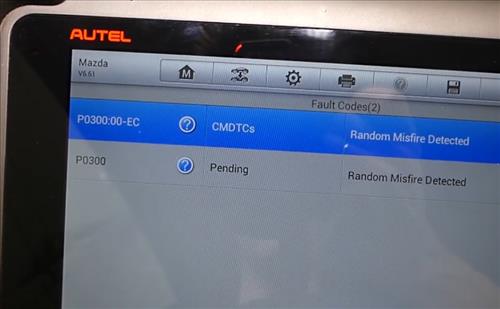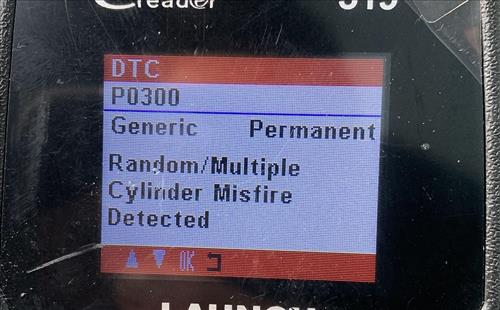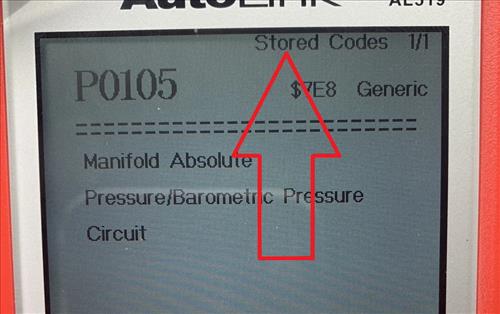
OBDII protocols make modern vehicles easy to read errors with an OBDII scan tool to see what problems it may have.
The OBDII protocols have evolved over the years adding new definitions and code types to the standard.
One such added code type is the Permanent OBDII Code Type which began to be added in 2009, and default for vehicles built from 2010 and on.
Any vehicle built from 2010 and newer will have the Permanent Code feature added to the software of the onboard computer (ECM/PCM)
Pending vs. Stored vs. Permanent OBDII Codes
What is a Pending Code?

A pending code will not turn on your check engine light and indicates something was abnormal but likely has cleared.
Pending codes will eventually turn into stored codes if the problem is constant or triggered through multiple drive cycles.
For example, when driving, a bump causes a spark plug to make a temporary bad connection which gives a Pending P0300 misfire but then clears.
A stored code can be cleared by an OBDII scan tool, removing the battery cable, or multiple drive cycles.
What is a Stored Code?
A constant problem that does not clear or an issue with multiple triggers over multiple drive cycles.
For example, when driving, a bump causes a spark plug to come loose and stays off, which gives a Stored P0300 misfire since it is constant.
A stored code will need to be cleared by an OBDII scan tool, removing the battery cable or multiple drive cycles.
What is a Permanent Code? (Vehicles 2010 and Newer)

The same as a Stored Code only cannot be cleared with a scan tool and can only be cleared with a set drive cycle.
Permanent OBDII codes were added in 2009-2010 to stop the clearing of codes before an emission test.
A Permanent Code cannot be cleared with a scan tool but has a set drive cycle before it will clear.
For example, when driving, a bump causes a spark plug to come loose in a 2015 Toyota Camry and stays off, which gives a Permanent P0300 misfire since it is constant.
After the problem is fixed, a drive cycle will need to be completed before the code is cleared from the onboard computer.
How Long Does it Take for a Permanent Code to Clear?
Permanent codes have a set drive cycle that will be unique to that vehicle.
Usually, the code will clear after a few days of standard daily driving.
The drive cycle can also be looked up which can help to clear the code quicker if necessary.
What is a Generic Drive Cycle to Clear a Permanent OBDII Code
While each manufacturer and vehicle model can have a different monitor readiness test and drive cycles.
The below steps are a generic cycle that often clears a Permanent OBDII code in many cars and trucks.
Generic Drive Cycle to Clear a Permanent OBDII Code
- Fuel tank at least half full.
- Engine cold start idle for 10 minutes.
- Drive at medium speed 35 MPH for five minutes.
- Drive at highway speed 55-60 MPH with steady throttle for ten minutes.
- Return to idle for three minutes with engine running in park.
- Drive again at medium speed 40 MPH for five minutes.
- Return to idle for three minutes.

I have an inexpensive scan tool (the Ancel AD310). Currently, I do not have a Check Engine Light. However, when I go to “read codes,” I have two stored codes (P0304 and P0316). Both of them relate to misfires. There is no indication for a “permanent code.”
Question: Are these two “stored” codes enough to fail a California smog test?